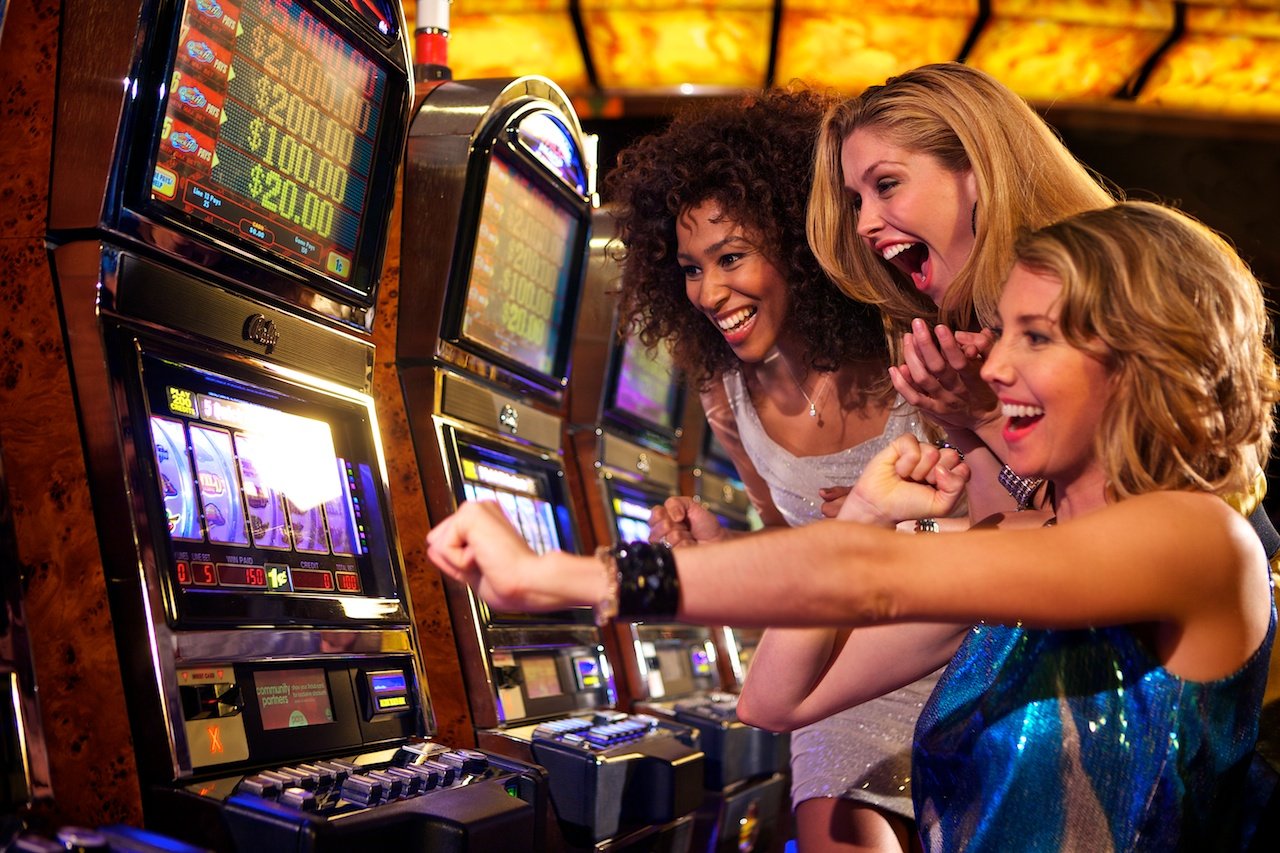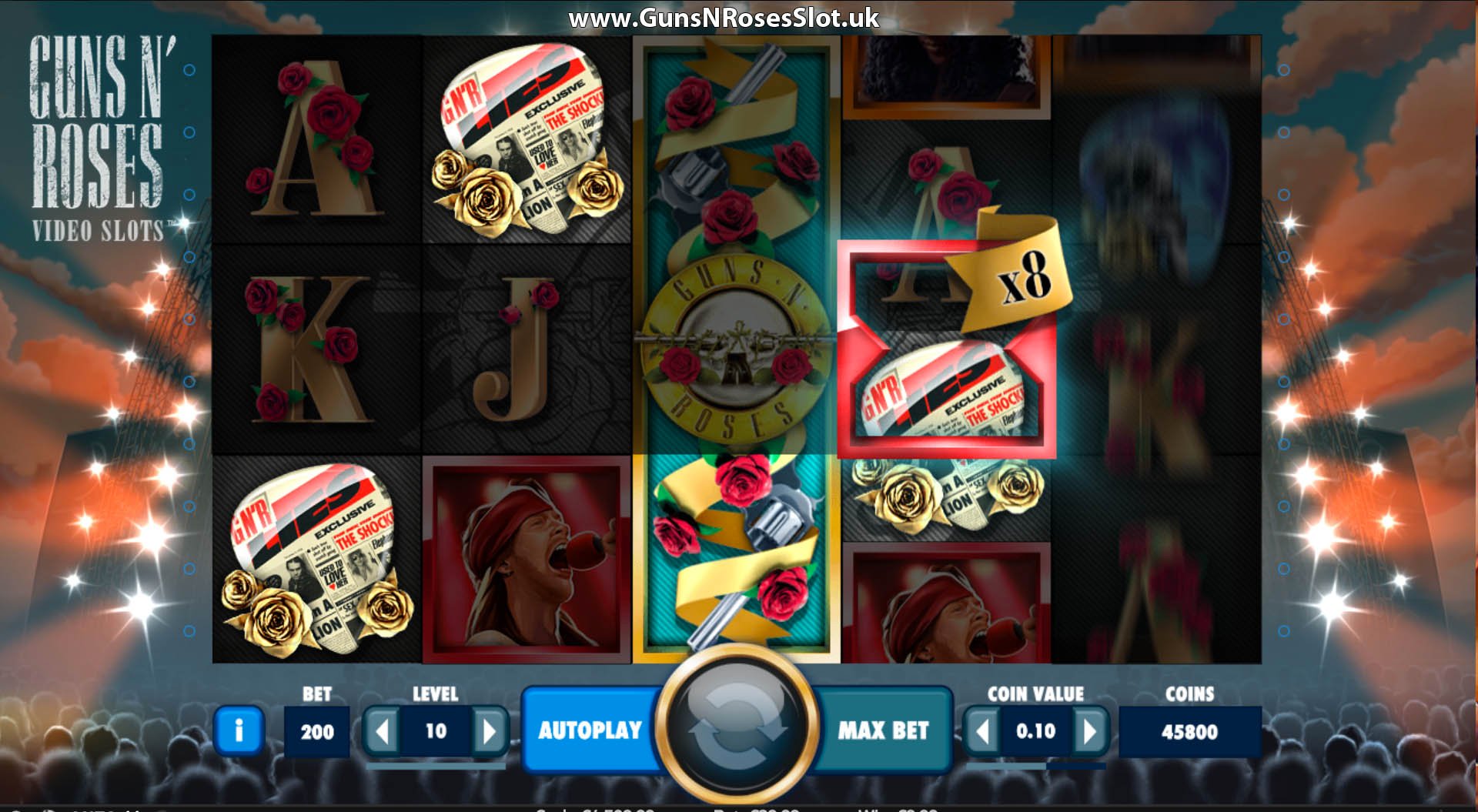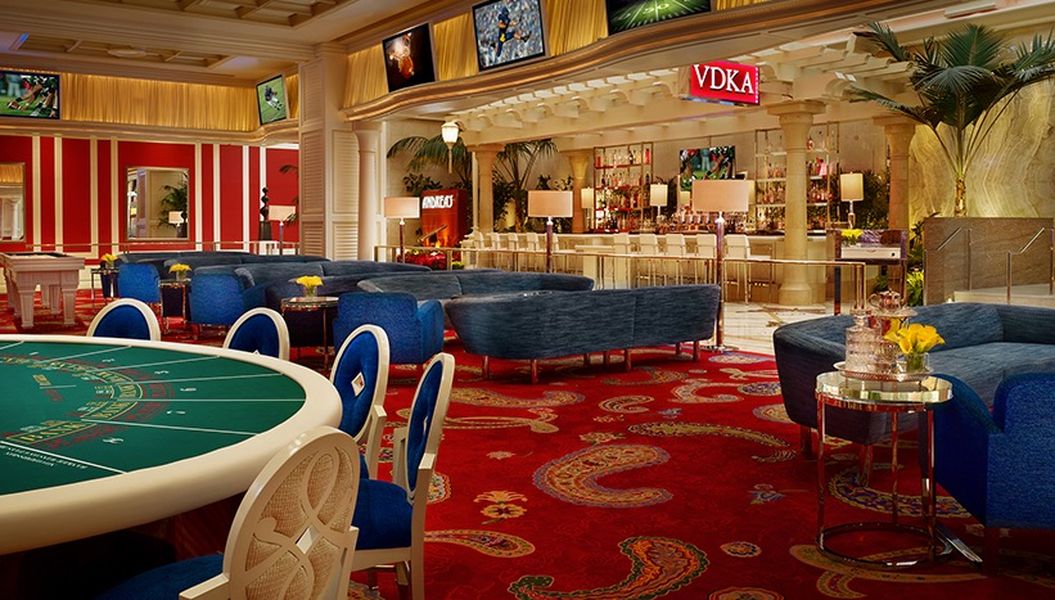Millennials and Casinos: Presence but Not on the Gaming Floor
Millennials, defined as individuals between the ages of 18 and 35, are reshaping the casino landscape. Known for their technological fluency, love of unique experiences, and desire for instant gratification, this generation is now making up a growing share of casino-goers. However, while their physical presence in casinos is unmistakable, their enthusiasm for traditional gambling activities tells a different story.

Despite representing a lucrative consumer segment, most millennials use their visits as an opportunity to socialize, enjoy food and drinks, and engage with interactive entertainment-rather than spend on the slots or at the tables. This trend has compelled casinos and resort destinations to rethink what appeals to the next generation of adult guests.
Why Young Adults Skip Gambling for Social Experiences
Casino operators are seeing large groups of millennials filling their venues, especially during weekends and holidays. However, their activities rarely center around gambling. Research shows that around 70% arrive with less than $100 in cash, restricting their budget for gambling, especially with rising minimums at the tables during peak times. Even penny slots, despite their name, can prove costly when players select multiple paylines.
Instead, millennials are allocating their money towards:
- Dining at trendy restaurants
- Craft cocktails at stylish bars
- Live music events or DJ-driven parties
- Communal experiences and entertainment
If they run low on cash, credit cards bridge the gap for food, drinks, and other amusement. This spending pattern suggests a desire for memorable, social, and interactive experiences over risking money on gambling games that may not offer an apparent return.
Factors Behind Millennials’ Disinterest in Traditional Casino Games
This shift in casino usage was a key topic at the East Coast Gaming Congress, held at Harrah’s Resort in Atlantic City in May 2016. Several factors contribute to why millennials are not as engaged with gambling as previous generations.
For many, limited financial resources are a reality. Students, those starting out in their careers, or those living with roommates to cut costs are all less likely to risk their discretionary spending on games of chance. When they do have extra funds, the preference is for immediate enjoyment-like a night out with friends-over the uncertain outcomes of gambling.
Another important influence is digital culture. Having grown up online, millennials are more accustomed to skill-based, competitive games (often played on smartphones or tablets) rather than luck-driven slots and table games. As Adam Steinberg from Spectrum Gaming Capital noted, millennials often find traditional slot machines unexciting compared to the skill and competition found in multiplayer video games.
Las Vegas Gambles on Non-Gambling Attractions
Las Vegas has embraced a bold new strategy: if young adults prefer entertainment and experiences, why not double down? Casino resorts have invested heavily in restaurants, nightlife, and unique attractions, with famous venues like LINQ, The Cromwell, and The Park emerging as hubs of dining, socializing, and live events. Gone are some of the classic icons-replaced with modern spaces tailored for the Instagram generation.
One example, the transformation of the Imperial Palace into the vibrant LINQ hotel complex, included the addition of the LINQ Plaza and the High Roller observation wheel. Similarly, properties like The Cromwell prioritize the party atmosphere, with venues like the rooftop Drai’s Beach Club now serving as the main attraction.
Communal hangouts like Beer Park at Paris Las Vegas, where guests can watch sports and enjoy drinks with a view of the Strip, further illustrate this trend. The focus is on creating must-visit spaces where gambling is optional-if not secondary.
Casinos in Atlantic City and beyond are following suit, opening new bars and clubs and hosting pool parties and dynamic events. These non-gaming amenities have become the primary driver for attracting younger guests, with the added benefit of diversifying revenue streams beyond the casino floor.
Redesigning Casino Gaming for Younger Generations
While attracting millennials through lifestyle experiences has succeeded in boosting guest numbers, a bigger challenge remains-motivating them to gamble. To bridge this gap, casinos are experimenting with game designs and innovations that resonate with today’s young adults.

Modern slots now take their cue from popular culture, with themes based on blockbuster movies, celebrities, or TV shows. Games such as Game of Thrones, Guns N’ Roses, Big Bang Theory, and Sphinx 3D feature elaborate graphics, immersive storylines, and interactive features. These elements, familiar from mobile and console gaming, are more likely to catch the attention of younger players.
Casinos are also interested in integrating more skill-based elements and social competition into their gaming options. Although regulatory hurdles remain for launching purely skill-based or fantasy sports gambling, hybrid experiences are already emerging.
For instance, several Las Vegas resorts now offer swim-up blackjack tables-enabling guests to play while enjoying a poolside party atmosphere. In Atlantic City, Harrah’s “Pool After Dark” and the Golden Nugget’s outdoor Deck combine gaming with live DJ sets and entertainment.

Improved social gaming environments are also a hit. According to MMGY Global, 86% of young gamblers prefer areas designed for social gaming, compared to 55% of older patrons. Many casinos now offer lounges equipped with digital screens, comfortable seating, and access to games via smartphones or tablets. A notable example is Resorts Casino Hotel’s i-Gaming Lounge in Atlantic City, catering to a predominantly under-30 crowd.

Wynn Las Vegas’s Encore Players Club exemplifies the modern casino lounge, featuring a mix of traditional table games, sports betting, video games, music, HDTVs, and social spaces-all aimed at the nightlife-oriented millennial guest.
Lessons Learned: The Path to Engaging the Next Generation
Ultimately, there is no universal solution for converting millennial visitors into enthusiastic gamblers. Adjusting amenities helps, but gaming options themselves also need a refresh to fit the preferences of a new demographic. Casinos like Pechanga Hotel and Casino in California have found success by pairing cutting-edge entertainment and hospitality with innovative game formats and technology on the casino floor.
By focusing on evolving tastes and harnessing feedback from younger customers, casinos can remain relevant in a fast-changing entertainment landscape. The future is likely to see further blending of gaming, social interaction, and customized entertainment-creating spaces that cater to the desires of tomorrow’s core casino crowd.













